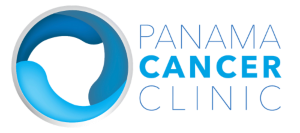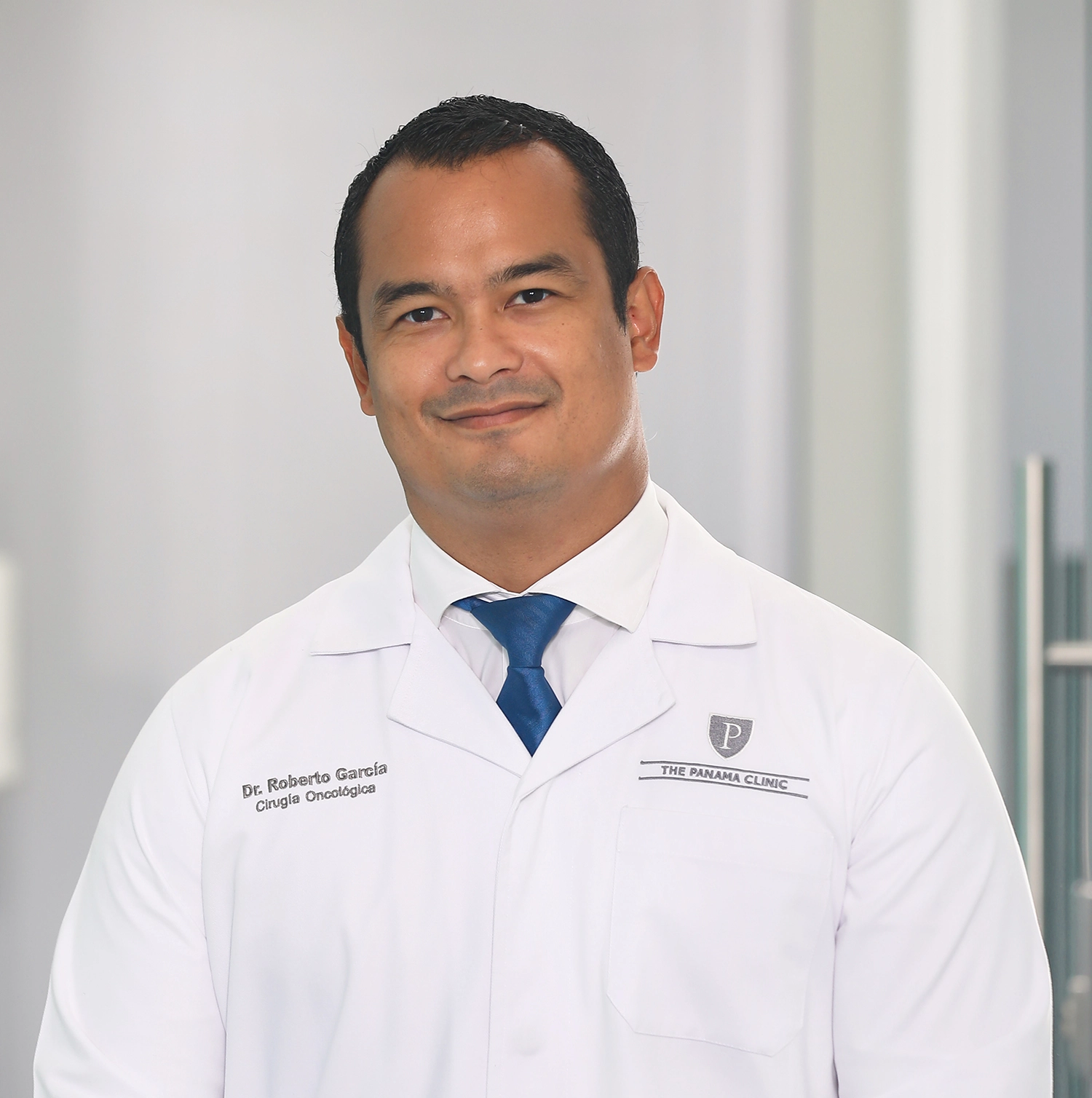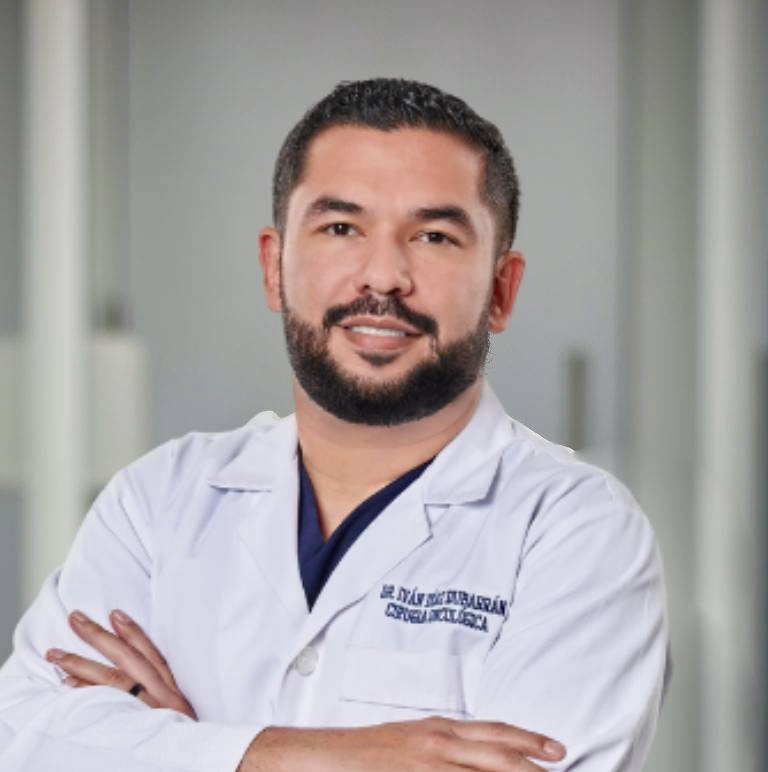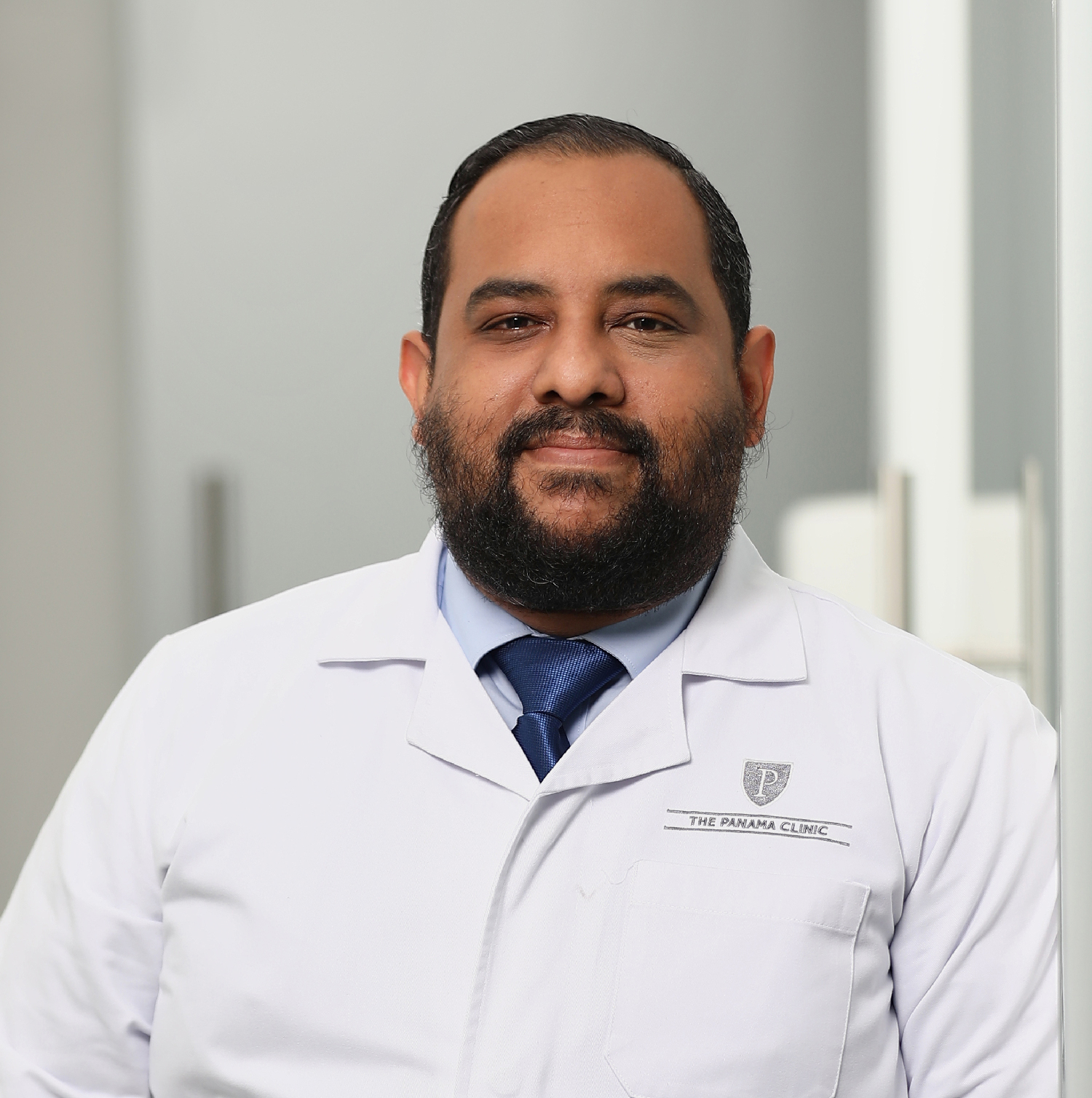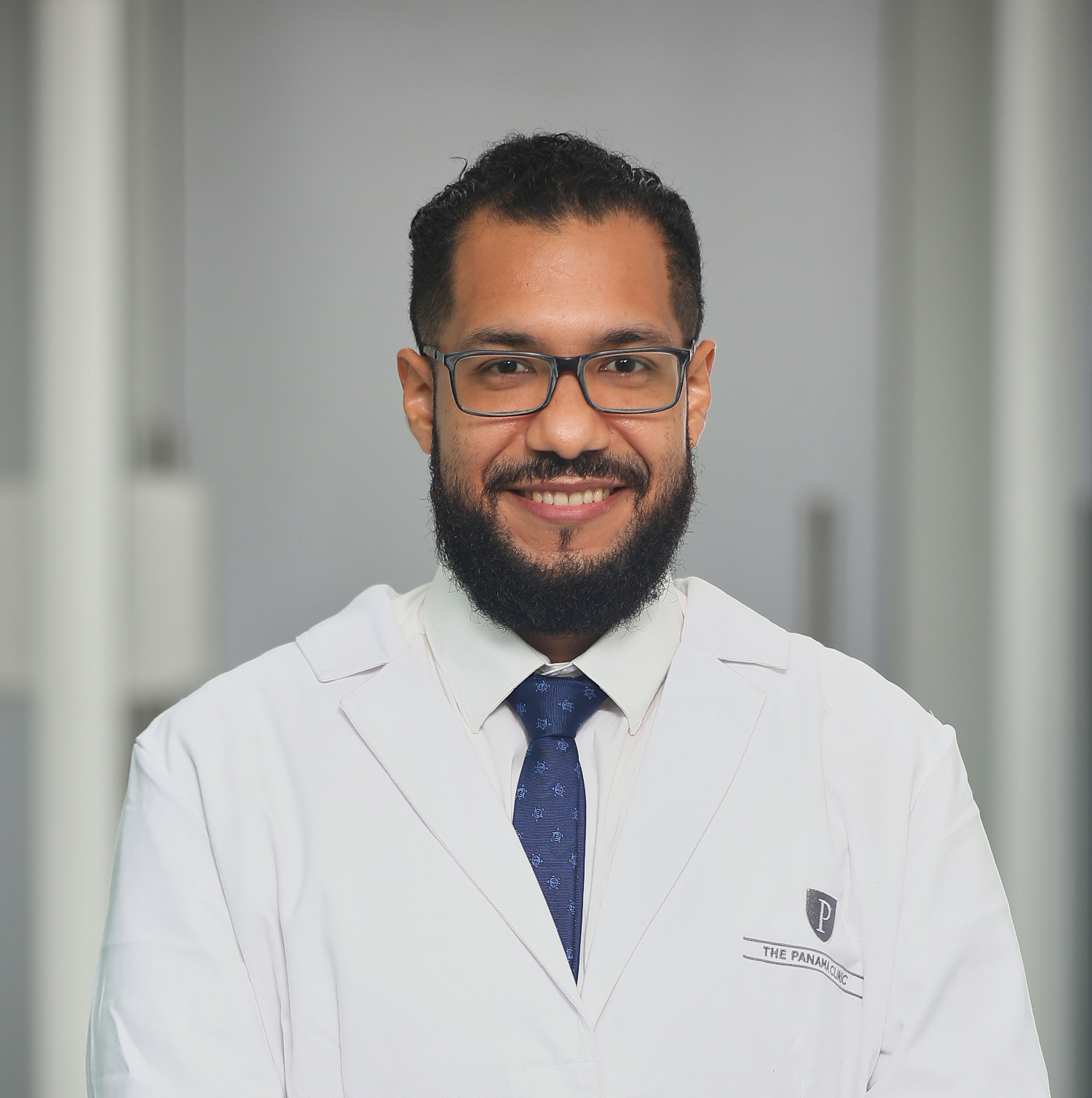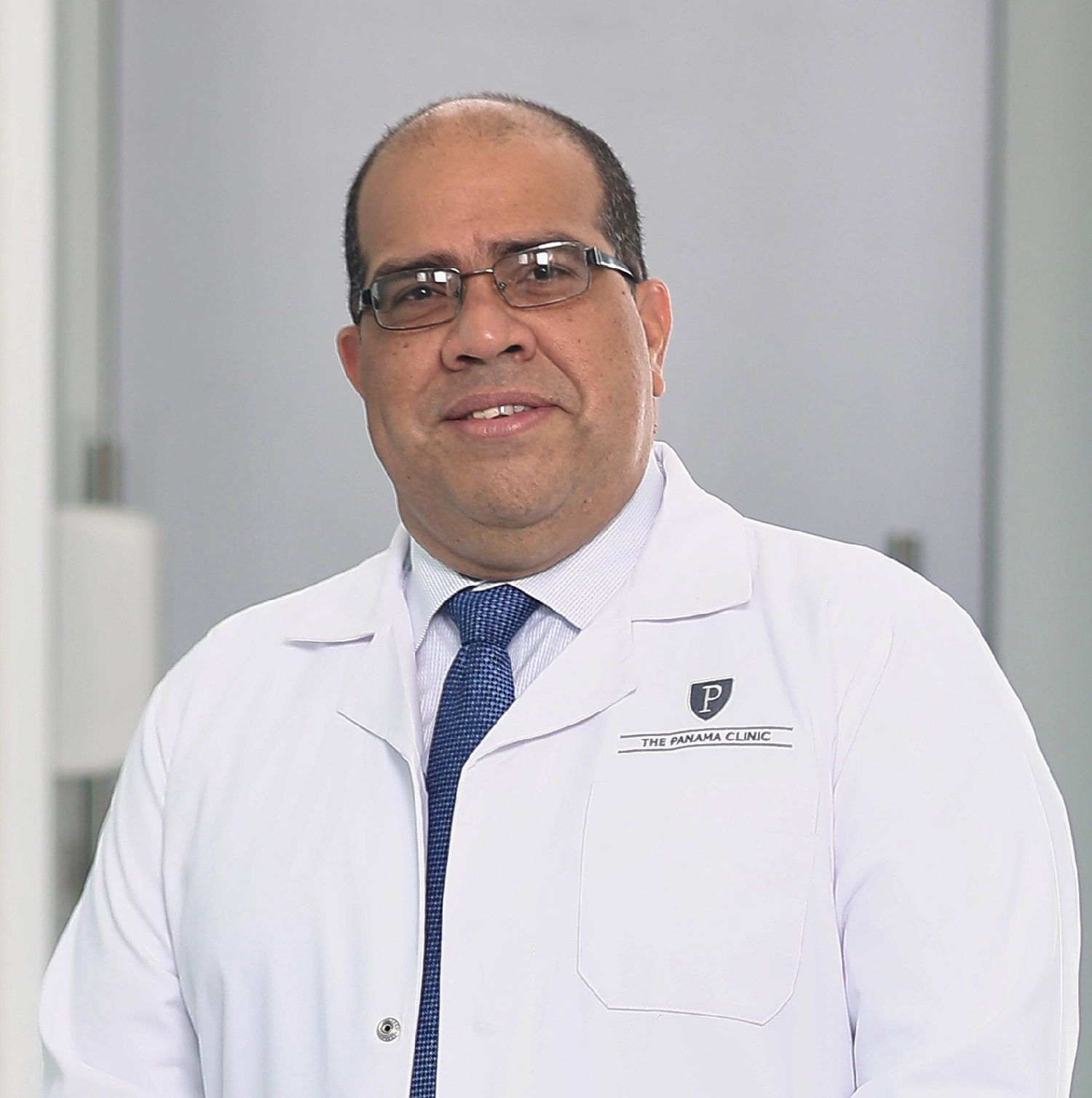Breast Cancer
It is the most common cancer and with the highest mortality rate in women, therefore, you must act immediately. In Panama Cancer Clinic we put at your disposal a group of specialists with the objective of helping with the prevention and early detection of malignant breast disease.
Clinical approach tailored to the patient's needs
We accompany you from the first day with reliable tests for breast cancer detection, including: clinical exams, mammograms and biopsies; to the most difficult stages of surgery, recovery and psychological support throughout the process.

Early detection is the best defense against this disease.

Self-screening exams, annual check-ups and mammograms can save your life.
Surgery
Surgery is an effective option to remove tumors and preserve breast health.

Comprehensive Care
Breast cancer not only attacks the physical health of the patient, it also leaves traces in her mind.
Mastology
We specialize in the prevention, diagnosis and treatment of breast diseases.
What is Breast Cancer?
Breast cancer is caused when cells inside the breast multiply excessively and uncontrollably. The type of cancer is determined by the specific area of the breast where the abnormality has occurred, with the understanding that the 3 key parts of the breast are: The lobule and its lobules (milk-producing glands), the ducts and the connective tissue.
It is estimated that ¾ of all breast cancers begin in the ducts or lobules. If not treated in time it can later spread through blood or lymphatic vessels outside the breast. When this occurs, it is called metastasis.
Types of breast cancer
Among the most frequent are:
Infiltrating ductal carcinoma
As its name indicates, it is cancer that originates in the ducts of the breast. However, this type of invasive cancer can spread to other breast tissues or, failing that, to other parts of the body.
Infiltrating lobular carcinoma
It is that which begins in the lobules, but can also spread to nearby tissue or invade other soft organs.
There are other infrequent types such as:
Paget's disease of the breast
This cancer usually affects only one breast, the most exposed parts being the nipple and the areola.
Mucinous carcinoma
It is a very rare type of breast neoplasm characterized by excessive mucin production within the breast.
Inflammatory breast cancer
Although it is rare, it spreads quickly enough to be considered of extreme concern. It is not silent as its symptoms appear and develop easily, the patient may experience in a matter of weeks redness, tenderness, swelling, changes in appearance and a lot of heat in the entire breast area.
Ductal carcinoma in situ
It is a non-invasive breast cancer that occurs when cells lining the ducts become cancerous, but still do not spread to nearby tissues.
Contact us at
Schedule an appointment
Request a consultation
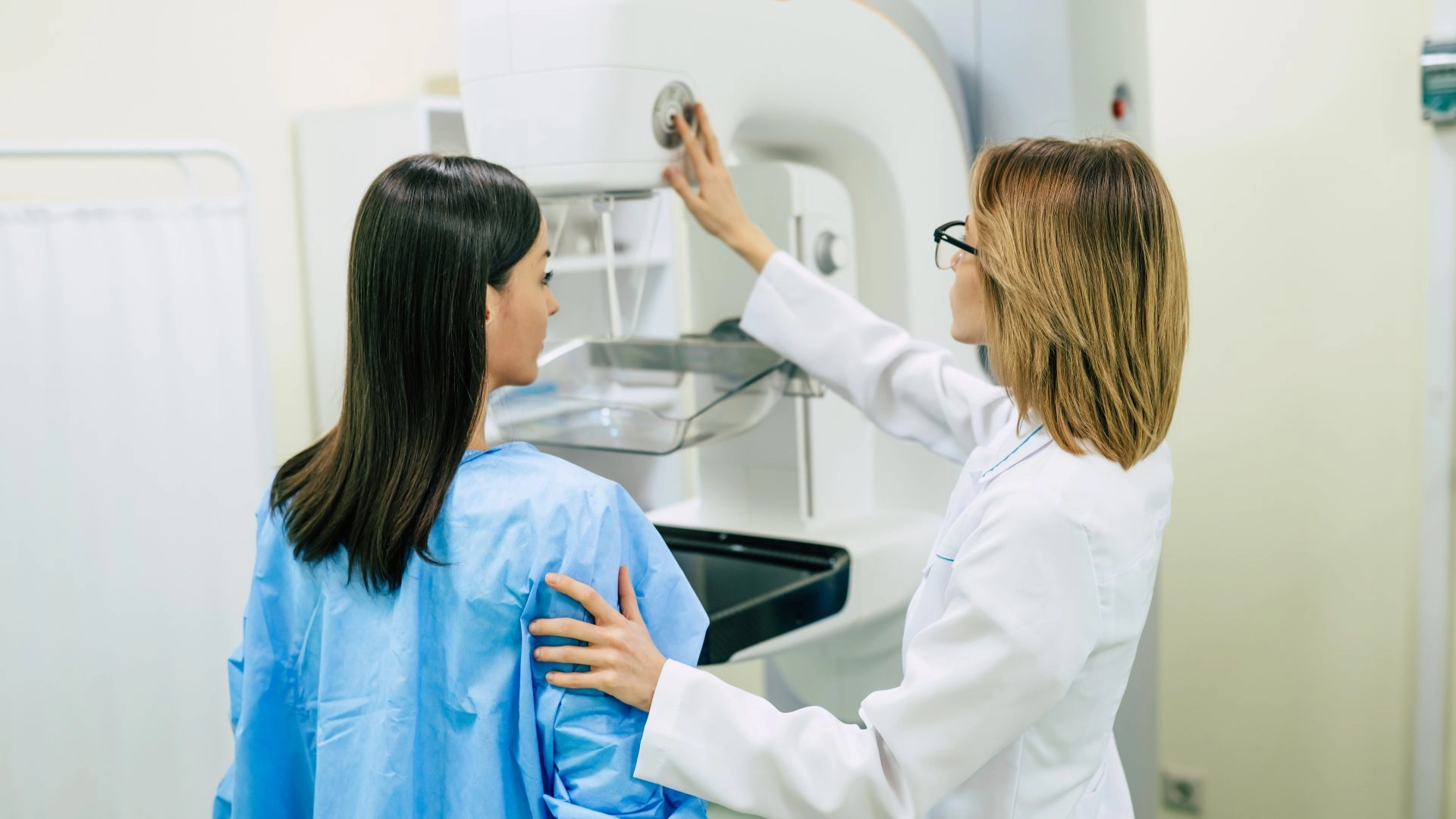
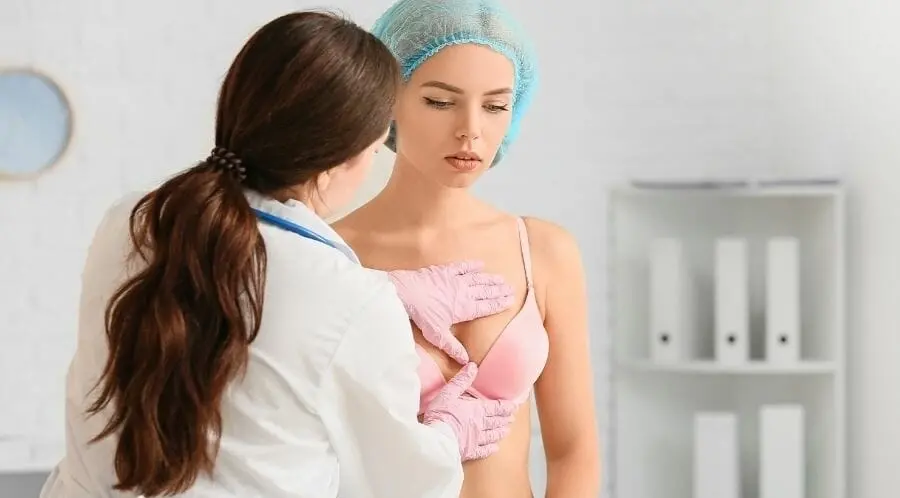
Symptoms of Breast Cancer
The warning signs of breast cancer can be different for everyone. It is key to be alert to any unusual changes in your breasts. A lump in the breast or armpit is a common symptom, but it is not always cancer.
There are other warning signs. For example, nipple discharge that is not breast milk. Also irritation or indentations in the skin of the breast. In addition, redness or scaling in the nipple area and pain in the breast are indicative.
Changes in the size or shape of the breast may also be a sign.
According to WHO statistics, approximately 1 in 8 women (12.5%) will be diagnosed with breast cancer in her lifetime. The risk increases with age. It is important to have the recommended mammograms according to your age and particular case, and to visit your doctor regularly. If you notice an unusual change in your breasts, consult your doctor. Being proactive with your breast health is key to early diagnosis and a better prognosis in the event of cancer.
Early signs of breast cancer to recognize
It is very important to be aware of any changes in your breasts. Early detection is key to successful treatment. According to the American Cancer Society (ACS), a new lump or mass in the breast is the most common sign of breast cancer. Approximately 80% of cases are invasive ductal carcinoma.
Appearance of Lumps or Nodules
Perform monthly self-exams to familiarize yourself with the normal texture of your breasts. If you detect any new lumps or bumps, especially if they are firm and not painful, consult your doctor. Remember to also examine nearby areas, such as the armpits, for swelling or lumps.
Breast Skin Changes
The skin of your breasts can also be a sign of cancer. Be alert to the appearance of dimpling of the skin, similar to the texture of an orange peel. Persistent redness, irritation and peeling also warrant medical attention. If you notice that the skin becomes thicker or has an "orange peel" appearance, don't overlook it.
Remember that while these signs may indicate cancer, they may also be related to benign conditions. The important thing is not to ignore changes and seek professional evaluation. Early detection through annual mammograms is vital for women over 40, especially if they have dense breast tissue or a family history of breast cancer.
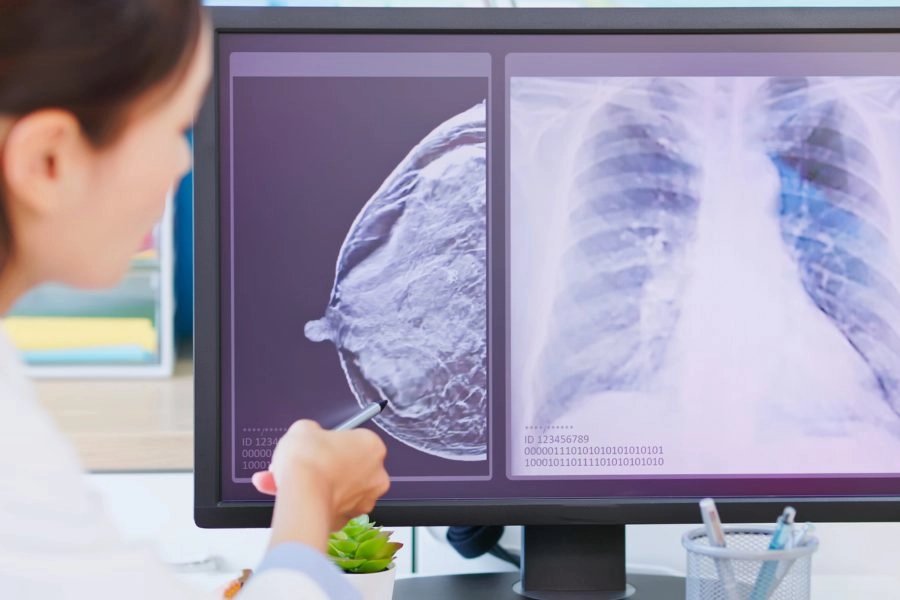
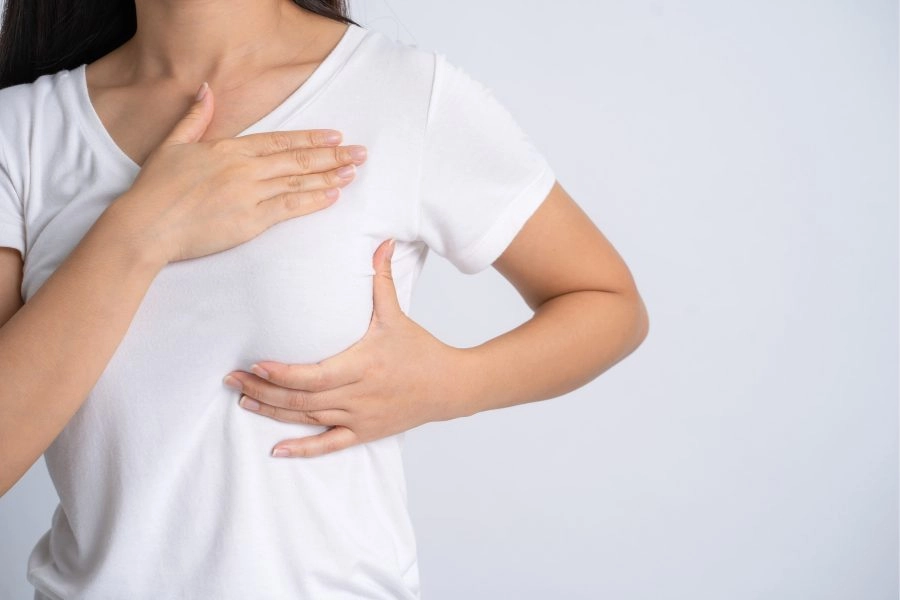
Advanced symptoms of breast cancer
Breast cancer can cause more severe symptoms as it progresses. It is vital to be alert to any persistent breast changes. Seeking early medical evaluation is crucial. Early detection improves the chances of effective treatment. Do not ignore any breast changes.
Pain in the breast or armpit
Breast pain is not always cancer. But, if the pain does not go away or gets worse, it is a warning sign. Swollen lymph nodes may also be a sign. If you feel persistent pain in the breast or armpit, see your doctor. It is important to be evaluated.
Nipple discharge
If you see nipple discharge that is not breast milk, especially if it is from one nipple and it bleeds, let your doctor know. This discharge may be a sign of cancer. Don't ignore changes in your nipples.
Nipple changes
Watch for any changes in your nipples. Nipple retraction is a worrisome sign. The skin may become red, dry, scaly or thickened. If you notice these changes, seek help from a breast cancer specialist. Do not underestimate these symptoms.
Remember that other symptoms such as fatigue and unexplained weight loss are common. If you experience these symptoms along with changes in your breasts, seek medical attention. Early detection and accurate diagnosis are key to improving treatment outcomes.
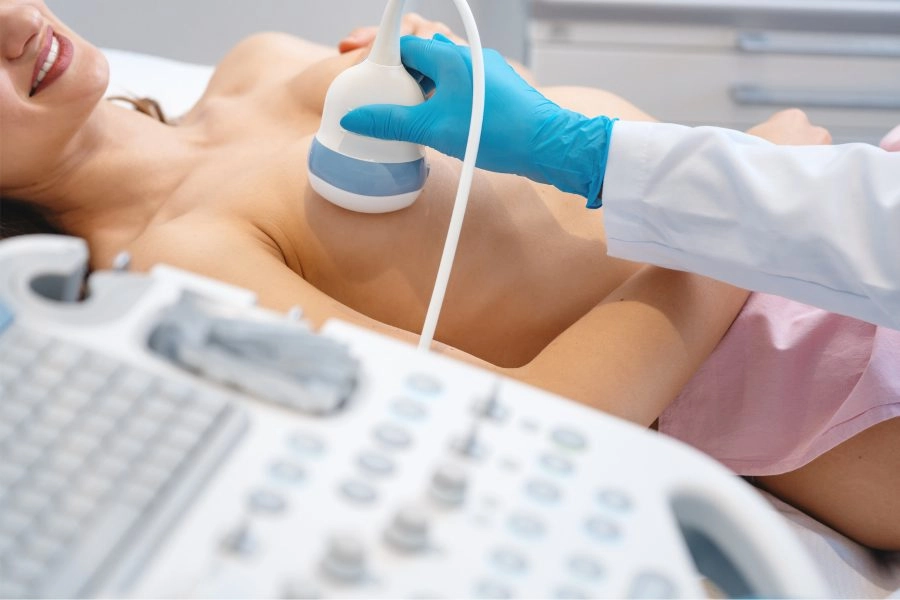

Risk Factors
Breast cancer is usually associated with a combination of multiple factors, although it is still unknown whether there is actually a determining factor for its activation. The risk factors recognized to increase the chances of developing breast cancer are:
Advanced age.
Inactivity.
Smoking.
Overweight after menopause.
Hormone treatments.
Excessive alcohol intake.
Constant exposure to chemical substances.
Screening tests
How to detect breast cancer?
Their purpose is to find breast cancer at very early stages, so that the patient has a much better chance of successfully treating and stopping it. The best known screening tests are:
Self-examination:
Periodically checking your breasts, really getting to know how they look and feel, can be effective enough to detect any abnormalities and get you to a doctor early.
Clinical examination:
It is an outpatient study where the physician palpates with his hands the surface of the breasts looking for signs of lumps or changes in appearance.
Mammography:
The images produced by mammography are interpreted by the physician to obtain a diagnosis of breast disease. One of the most outstanding advantages of mammography is that it can detect abnormalities so small that they are not even perceptible to the touch.
Magnetic resonance imaging:
It is a much more specific imaging test, used primarily in women at high risk for breast cancer.
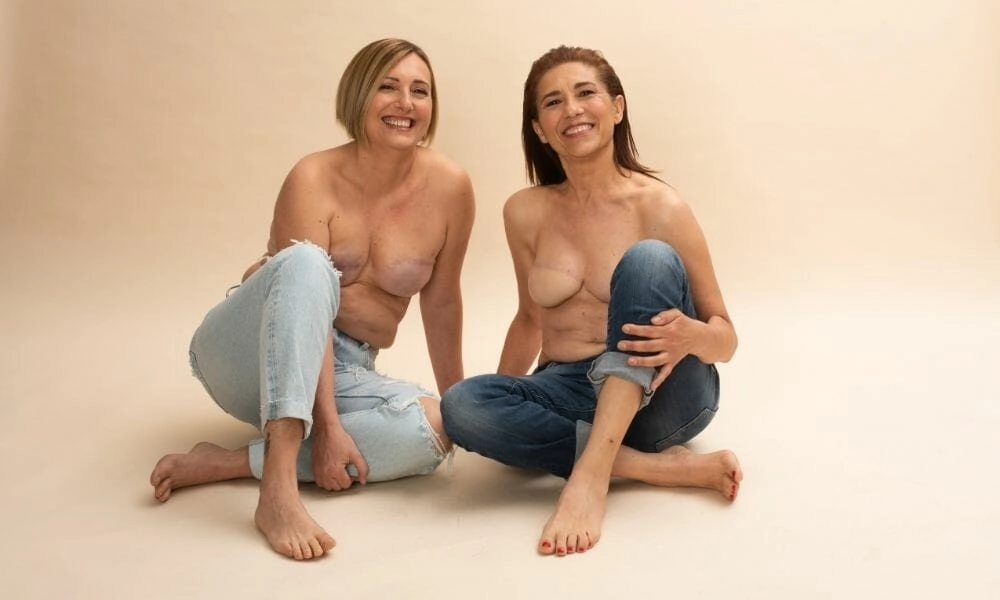

What are the treatments for breast cancer?
Cancer can be treated in different ways, but first it is necessary to know for sure what type of breast cancer affects the patient and how far it has spread. Often patients receive several treatments at the same time, these can be:
Surgery:
Surgical intervention where the oncological surgeon removes the affected tissue.
Chemotherapy:
Administration of special drugs (oral or intravenous) that reduce or eliminate malignant cells.
Hormone therapy:
Used to reduce cancer growth, in many cases it is used as an adjuvant method after surgery.
Radiotherapy:
Applying a strong dose of ionizing radiation to eliminate cancer cells or shrink tumors.
How to prevent breast cancer?
Adopting healthy habits in your daily routine can be an excellent strategy to prevent breast cancer. To do so, we recommend:
Regularly include high-fiber foods in your meals: broccoli, spinach, Swiss chard, grapes, papaya, etc.
Reduce consumption of refined sugar and fats.
Perform 30 minutes of exercises.
Avoid overweight.
Control or completely avoid the consumption of alcohol, tobacco or cigarettes.
Apply self-examination periodically starting at 20 years of age.
How to choose the right treatment?
This is a decision that must be made by the patient and her family environment following the recommendations of an oncology specialist. The medical oncologist is the only professional who can make a concrete diagnosis and offer the different possible alternatives to act effectively on the cancer.
In consultation, your oncologist will explain the advantages, risks and side effects of each treatment. Subsequently, you will continue with close follow-up studies and tests to check how the treatment is going and what the results of the treatment are.
In Panama Cancer Clinic we believe that all patients have the right to have explicit knowledge of their process, a place where they find comfort and all the facilities they need in an expeditious manner and an empathetic staff that provides support and security at every stage of their fight against breast cancer.
We extend our best wishes for recovery to the millions of women suffering from this disease worldwide.
